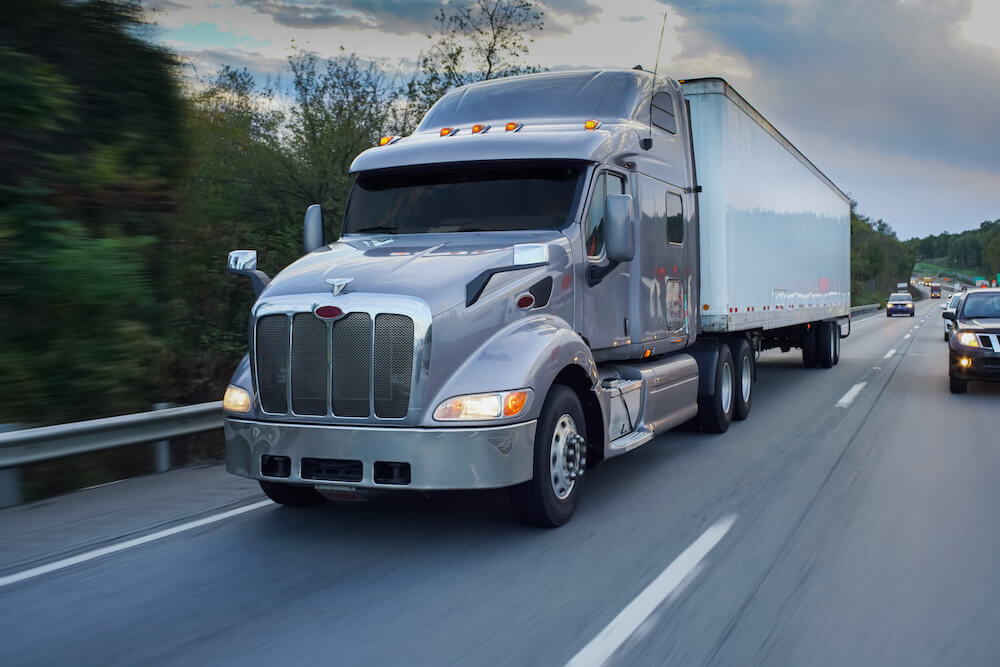The Federal Motor Carrier Safety Administration (FMCSA) announced plans to transition the recording of service hours and other critical information to electronic logging devices (ELD) on February 16, 2016. From that point until December 18, 2017, the FMCSA operated Phase 1, also known as the Awareness and Transition Phase. For that period of 22 months, drivers could use the ELD, paper logs, Automatic On-Board Recording Device (AOBRD), or logging software.
Phase 2 of ELD Transition began on December 18, 2017, and ends on December 18, 2019. During this Phased-In Compliance Phase, drivers and carriers can continue using an (AOBRD) installed prior to December 18, 2017. Once Phase 3 arrives on December 18, 2019, all drivers and carriers must use self-certified ELDs.
How to prepare for the upcoming ELD transition deadline
If you feel you’re not prepared for the December 18 deadline to use an ELD only, this is a good time to review the device you currently use. If you’re already operating with an ELD, make sure that it works properly before using it consistently after the deadline. That means it should work just as well in areas where it’s difficult to get cellular phone service as it does anywhere else.
Switching from an AOBRD to an ELD
If you’re transitioning from the older AOBRD to the newer ELD, it’s important to prepare several questions for your provider before your purchase. This ensures that you understand how to install and use the device right away. Ask these questions:
- Is it necessary to purchase additional hardware to begin using an ELD? What is the approximate transition cost per commercial vehicle?
- Will the data from the AOBRD transfer automatically to the ELD or do I need to do this manually?
- Should I update my current software to prepare for the transition to ELD? How much will that cost?
- Are the ELDs I’m purchasing for my fleet registered with the FMCSA?
- What type of support can I expect as I transition drivers to using the ELD full-time?
The answers to these questions should help you make the best purchasing decision for ELDs.
Best practices for avoiding ELD violations
You don’t need to wait until December 18 to begin acting in compliance. After ensuring that the manufacturer has registered each device with the FMCSA, you also need to make sure that you install it correctly. If you supervise a fleet, each of your drivers will need to know how to operate the device properly and store the following documents in the vehicle permanently:
- ELD instruction manual
- The instruction guide or quick reference sheet that came with the ELD
- An eight-day supply of paper graph logs in case of ELD malfunction
Remember that drivers can’t record their information on graph paper for more than eight days. You will need to repair the device or put the vehicle out of service after that.
Make sure your vehicle has the right insurance
Along with making sure you’re ready for the ELD transition, you also need to make sure you’ve got the right insurance for your trucking business. Get in touch with our agents by filling out our online form, giving us a call, or messaging us on LiveChat and we’ll help you get some truck insurance quotes.
Source:
https://www.fmcsa.dot.gov/hours-service/elds/implementation-timeline



